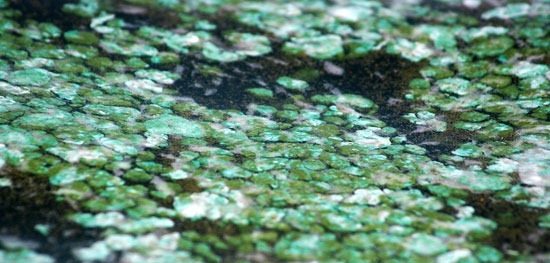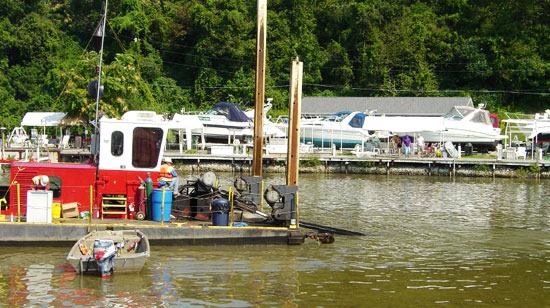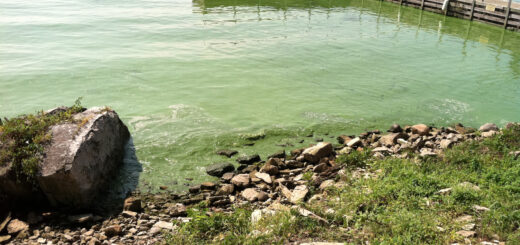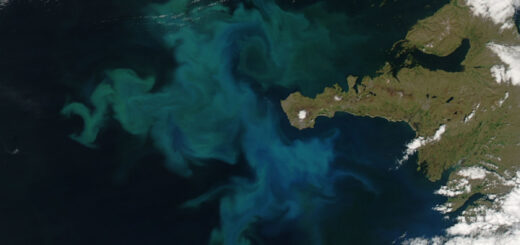Ohio farmers export tons of manure using federal dollars
0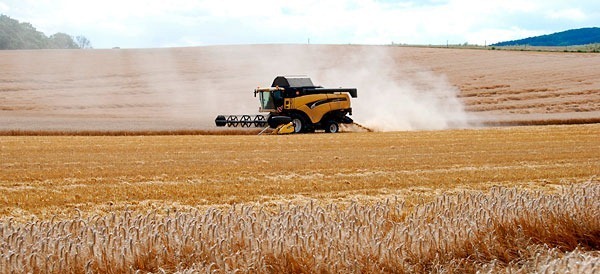
The intense blue-green algal blooms that overran Ohio’s Grand Lake St. Marys this summer have largely been blamed on manure runoff from surrounding fields. As a response, an incentive program offered by the U.S. Department of Agriculture is helping livestock farmers ship thousands of tons of animal waste out of the watershed.
Since the program started in July, 35 livestock farmers have signed contracts for federal subsidies to ship their waste elsewhere, according to the Ohio office of the Natural Resources Conservation Service.
The subsidies will help truck roughly 14,500 tons of solid manure and 17.5 million gallons of liquid manure out of the watershed, according to the Associated Press.
The manure is sold as a rich, cheap, natural fertilizer for farmers to spread across their cropland. It acts as such a good fertilizer because, just like commercial fertilizers, it is rich in phosphorus and nitrogen. When too much is applied to fields, however, the excess nutrients reach nearby surface waters and feed toxic algal blooms, like the ones that crippled Grand Lake this summer.
Some of the manure is being shipped over state borders, a concern for Indiana residents who feel the program is only helping to move the problem to their region and could eventually cause similar harm to Indiana waterways.
Selling this animal waste isn’t a new practice. Ohio livestock farmers have for years shipped manure to crop farmers. However, eastern Indiana residents told the AP that the number of trucks hauling animal waste into their area increased sharply following the new incentive program, raising concerns that the increased amounts could compound the state’s existing runoff problems.
Other efforts to remedy the water quality problems at Grand Lake St. Marys include placing vegetation strips between fields and waterways and repairing failing septic systems that leak contaminants into groundwater.
Do you think the incentive program to ship manure out of the Grand Lake watershed is appropriate? Share your thoughts in the comments below.
Indiana residents question Ohio manure imports [Associated Press] Image Credit: http://www.sxc.hu/profile/hisks




